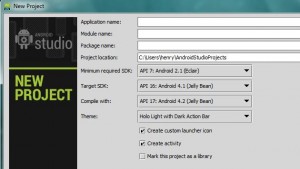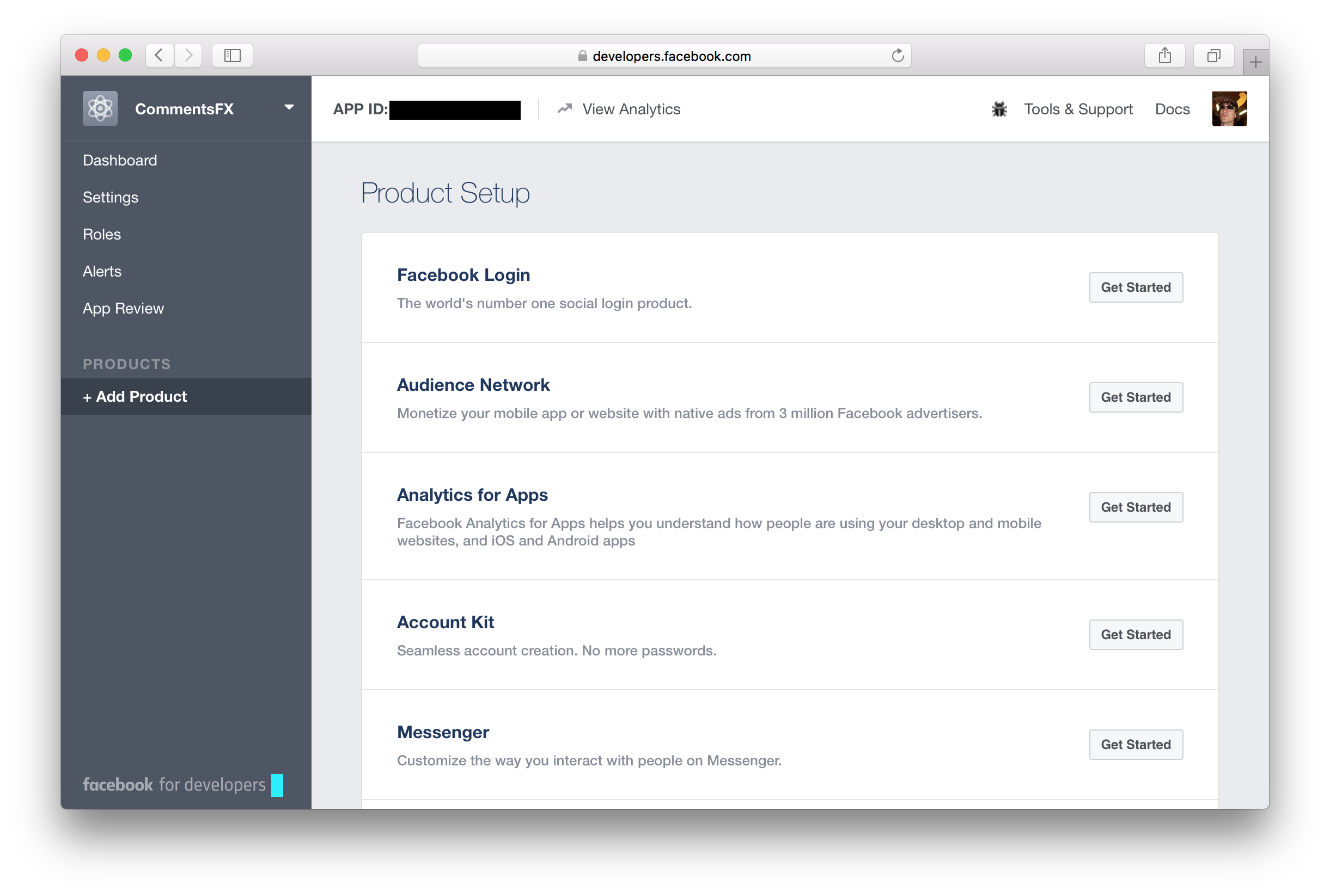

When going to the MainAtivity page, we send this user parameter in the intent, and in the MainActivity, we pull the information in this user and print it on the screen.Initially, to set up an Android development environment in our system we need to install the following components manually by downloading from different sites. In this function, we also get a user parameter. It’s interesting to add a method to display Alert Dialogs and make the process look more professional. logInWithReadPermissionsInBackground ( this, permissions, ( user, err ) -> asList ( "public_profile", "email" ) ParseFacebookUtils. setTitle ( "Please, wait a moment." ) dialog. The “Facebook Login” block looks like this:įinal ProgressDialog dialog = new ProgressDialog ( this ) dialog. Find the “Facebook Login” block and click on Settings.Go to your App dashboard at Back4App Website and click on Server Settings.Step 2 - Link your Facebook App with Back4App

You should follow the other steps described on Facebook’s Quickstart Guide and not mentioned here. If you want to learn more details, you can visit the SHA-1 Wikipedia page. Its mainly used for submitting for using the some APIs (Like the Facebook api we will use in this guide.). SHA-1 fingerprint is a unique key generated for your PC that can be used for signing. SHA-1, designed by United States National Security Agency. What is SHA-1 (Secure Hashing Algorithm) SHA-1, called the Secure Hashing Algorithm, is the most common encryption algorithm. Don’t follow the steps of Facebook’s Quickstart Guide right after Step 6.Facebook’s Guide doesn’t provide command lines to generate key hashes in Linux, but doing that is simple, as all it requires from you is to open a terminal window and run the following command: keytool -exportcert -alias androiddebugkey -keystore ~/.android/debug.keystore | openssl sha1 -binary | openssl base64 In Step 6, you’ll need to provide key hashes, so you must have Open SSL installed.In Step 4, you’ll be asked to add internet permission at the application element in /app/manifest/AndroidManifest.xml file, but you have already added it while following Install Parse SDK Tutorial so you don’t need to do this.


 0 kommentar(er)
0 kommentar(er)
